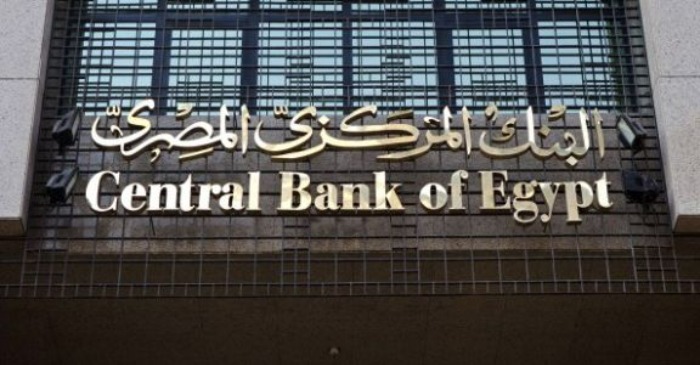
Egypt’s inflation rate has been trending lower since hitting 33 percent in July 2017 though it has ticked up in recent months to 5.7 percent in November, the third month of acceleration, pushed up by what CBE said was a higher prices on some food items, for example tomatoes.
But annual core inflation only rose to 4.0 percent in November from 3.9 percent and CBE said headline inflation is increasingly likely to fall below the lower bound of its target range of 6.0 percent.
The central bank lowered its inflation target to 7.0 percent, plus/minus 2 percentage points, on average during the fourth quarter of 2022, down from its previous target of 9.0 percent, plus/minus 3 percentage points.
Inflation targets are used by central banks to anchor inflation expectations and CBE noted exogenous shocks outside the scope of monetary policy may lead to transitory deviations of inflation from the target.
Egypt’s economy was hit hard by the Arab Spring in 2011 as it scared off foreign tourists and investors, resulting in a persistent shortage of foreign currency and declining foreign exchange reserves, which then made it increasingly difficult for the central bank to defend the value of the pound.
A new central bank governor, Tarek Amer, took over CBE in November 2015and quickly began a major overhaul of the bank’s policy by devaluing the pound by 12 percent in March 2016 and reforming the foreign exchange market to preserve U.S. dollars and attract funds from abroad.
Later that year Egypt and the International Monetary Fund (IMF) reached a deal to shore up the government’s reform program aimed a boosting economic growth and improving the fiscal situation.
As part of a $12 billion agreement with the IMF, the pound was floated in November 2016 and immediately lost half of its value, boosting inflation and triggering rate hikes to curb inflation.
But since December 2016 Egypt’s pound has steadily appreciated though it fell sharply in March this year as most other currencies worldwide, during the COVID-19 crises.
Today the pound is trading at 15.69 to the dollar, up 2.3 percent since the start of this year.
As other countries, Egypt’s economy was hit by the pandemic and in June the IMF approved a US$5.2 billion loan to help it meet its balance of payment needs and the budget deficit.
After shrinking by an annual 1.7 percent in the second quarter, Egypt’s economy bounced back and expanded by a 0.7 percent in the third quarter, the bank said, adding the unemployment rate had declined to 7.3 percent, the lowest on record, down from 9.6 percent in the second quarter.
“Most demand side leading indicators for October and November 2020 show continued signs of recovery after displaying weakness during 2020 Q2,” CBE said.
In the last financial year 2019/20, which ended June 30, Egypt’s economy slowed to growth of 3.6 percent from 5.6 percent the previous year.










Comments